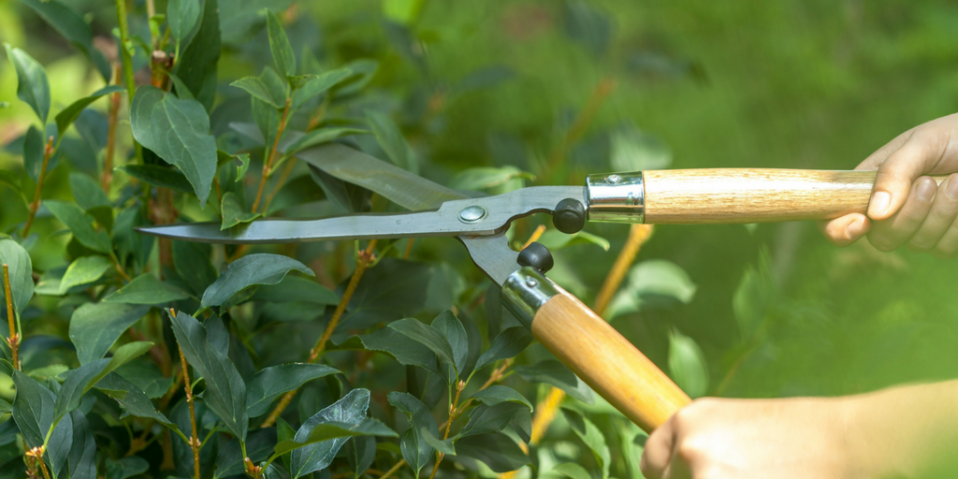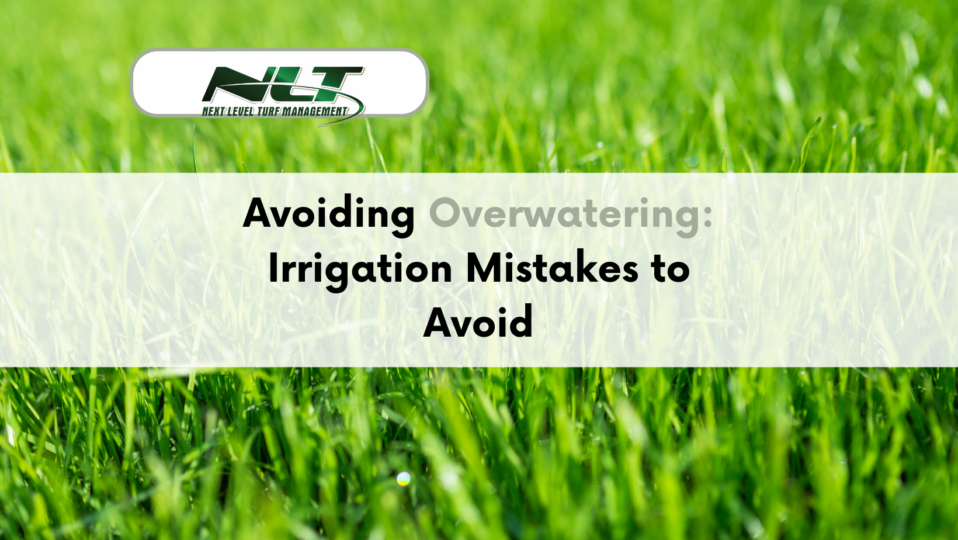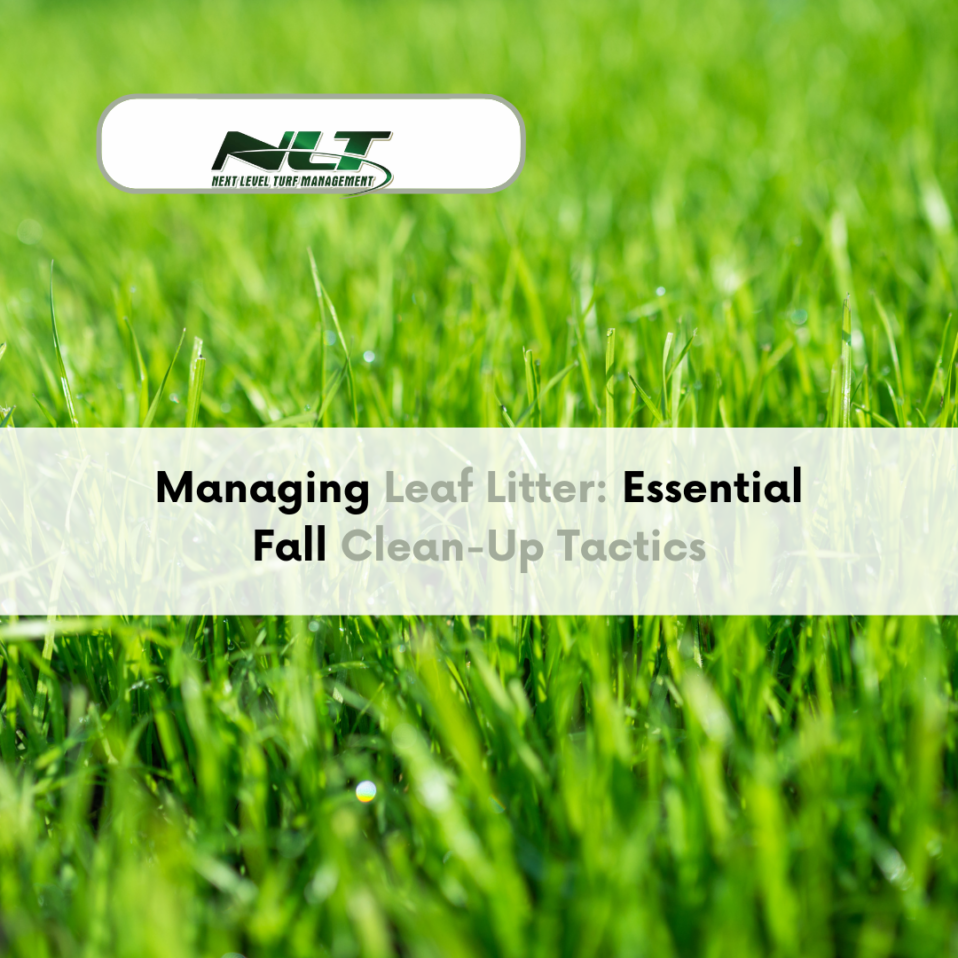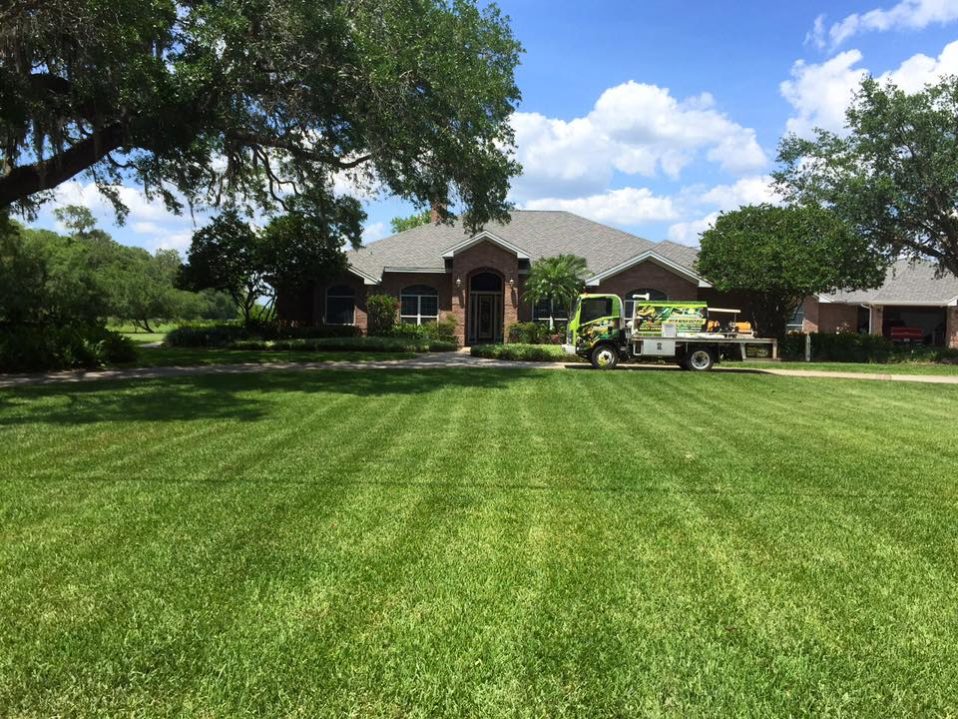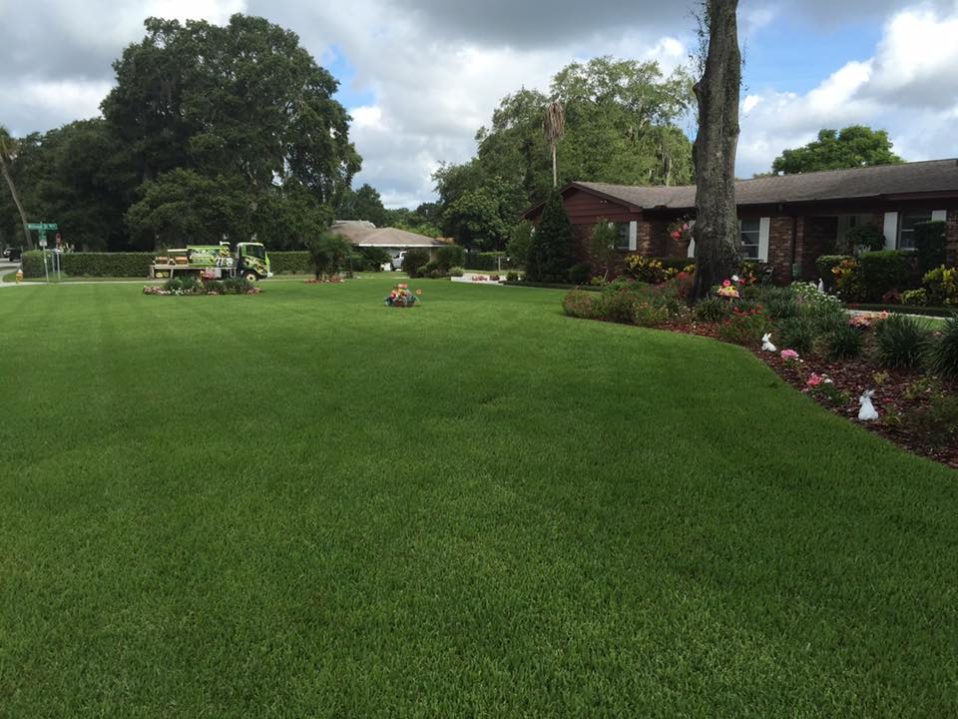Welcome to Next Level Turf
Custom Landscaping, Irrigation Services, Fertilization, Insect / Weed Control
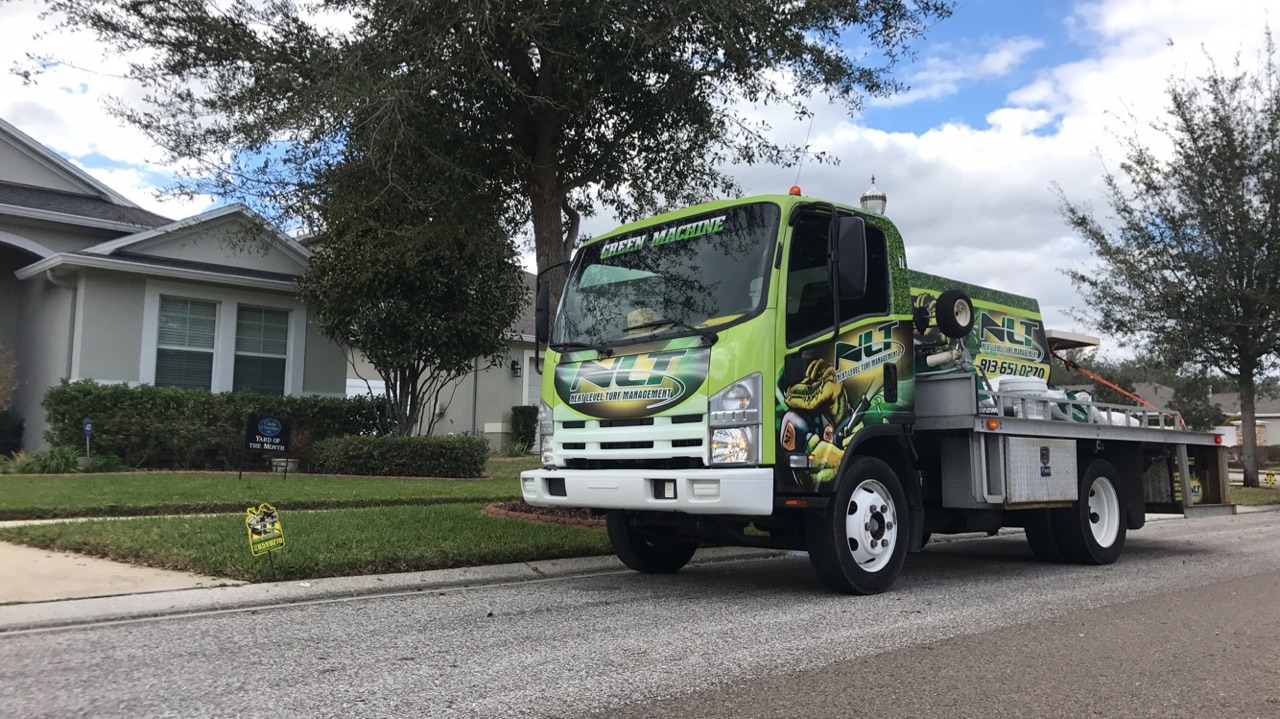
At Next Level Turf Management we have built a service-oriented business with great pride and attitude. We will provide your investment with the most detailed care it deserves. We set ourselves apart from the rest by displaying the willingness to help you with your needs. We practice quality communication skills, which ensures you that you always know what to expect. Your concerns are always our priority.
Read more about usWork Culture
Welcome
We at Next Level are building a service with great pride and attitude. We will provide your investment with the most detailed care it deserves. We set ourselves apart from the rest by displaying the willingness to help you with your needs. We practice quality communication skills, which ensures you that you always know what to expect. Your concerns are always our priority.
Our History
Central Florida's Premier Turf Management Company
Next Level Turf Management is recognized as Central Florida’s premier turf management companies, providing a host of services including; Fertilization and Weed Control, Sprinklers and Irrigation Systems, Custom Landscaping, Sod Installation and Replacement, Clean Ups, Concrete Patios, Walkways, Driveways, Pavers and Decorative Curbing.
Why you should choose us
Family Owned
As a family-owned business, we are fully involved in the day to day operations. This allows us to provide top notch, personalized customer service. Our clients become part of the Next Level Turf family.
Quality
We take pride in what we do! Our team strives to go above and beyond to not just meet, but exceed your expectations.
Competitive Pricing
Our pricing is affordable and competitive. We'll never be the "cheapest" around because we don't to cut corners and deliver sub-par products and service. You deserve quality products with top-notch service.
Proven Track Record
We have a proven track record in projects of all sizes and employ qualified professionals in all areas of turf and landscaping maintenance and construction, from horticulture to paving and irrigation.
Services we offer
-
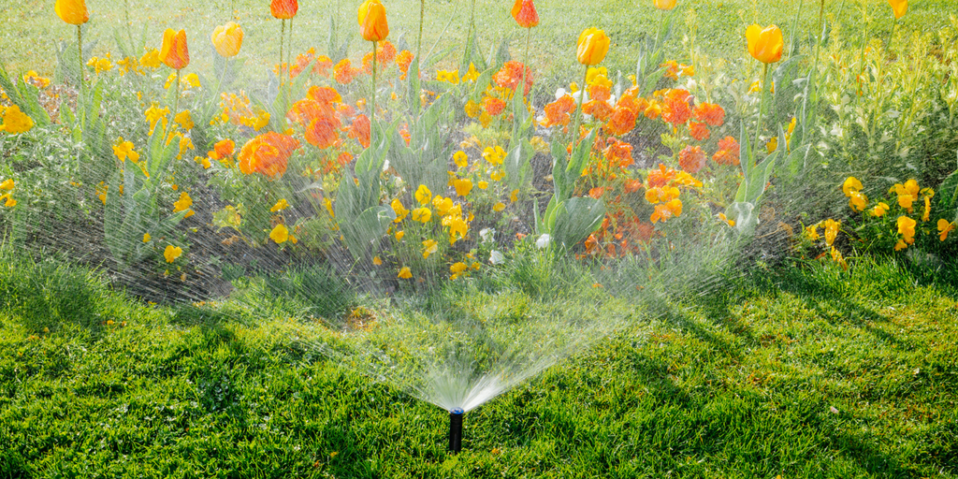
Irrigation Services
Next Level Prides itself in providing our customers with any and all information & Services needed to provide you with a green healthy lawn. With
Read more -
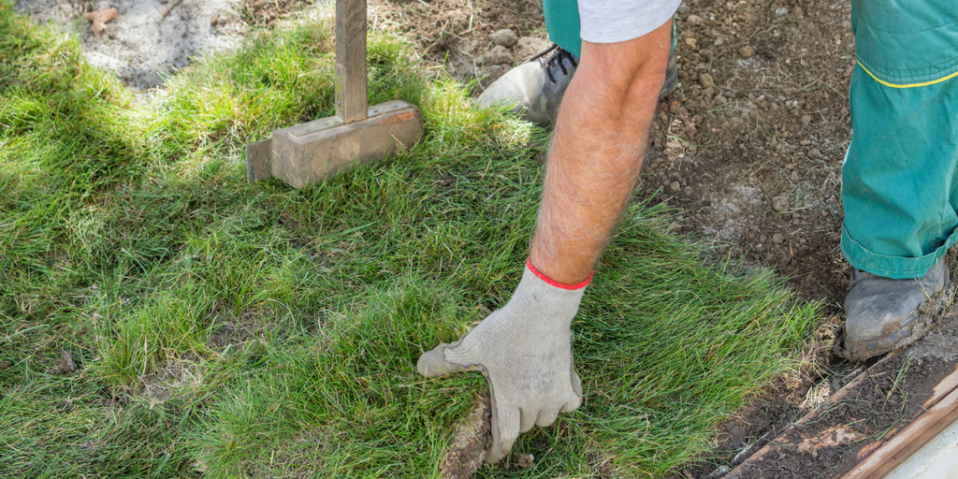
Sod Replacement / Installation
It takes about 2 years to establish a healthy lush lawn with seed and fertilizer. Sod on the other hand, provides an instant lush green
Read more -
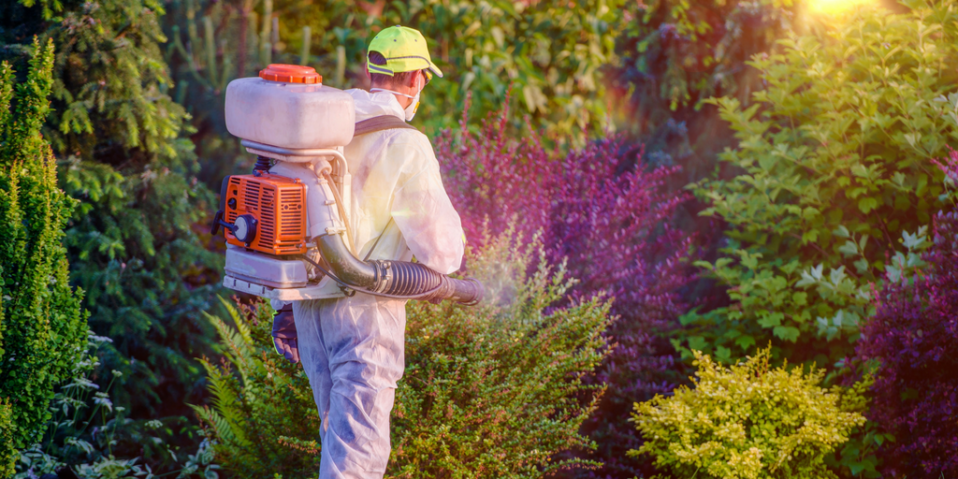
Fertilization / Weed / Insect Control
Next Level Turf Management has developed a customized program. This includes all the proper nutrients needed to attain that quality color your lawn & shrubs
Read more -

Custom Landscape Design & Installation
Shade Tolerant Shrubs and FlowersThese are plants that thrive in partial to complete shade. Some of these also do well in full sun, but many
Read more
We are your one stop location for all of
your outdoor needs,for both residential
and commercial properties.
-
Solving Drainage Problems with Expert Sod Replacement
Dealing with drainage problems in your lawn can be frustrating. Poor drainage leads to various issues like muddy patches, standing water, and even unhealthy grass. Left unchecked, these problems can worsen and affect the overall health of your lawn. Understanding how to address these drainage issues is crucial for maintaining a lush, green yard. One effective solution is sod replacement. This method involves removing the old sod and installing new, well-draining sod. It can correct uneven surfaces, improve water absorption, and promote healthy root growth. Sod replacement ensures your lawn not only looks good but also functions properly by managing water efficiently. By opting for sod replacement, you can tackle the root cause of your drainage issues. Experts can help you choose the right type of sod suited to your soil and climate. They ensure proper installation, so your lawn stays vibrant and healthy throughout the year. Let’s dive deeper into how sod replacement solves drainage problems and keeps your lawn thriving. Identifying Common Drainage Problems in Lawns Drainage problems in lawns can be easy to spot if you know what to look for. Here are some common signs: Standing Water: Puddles or pools of water that remain for hours after a rainfall are a key indicator of drainage issues. This water buildup means the soil cannot absorb water quickly enough. Mud Patches: Areas that are constantly muddy or too soft to walk on can signal poor drainage. This can create an uncomfortable and unsightly lawn. Uneven Growth: If certain spots in your lawn grow better than others, it might be due to improper drainage. Some areas might get too much water while others remain dry. Thatch Build-Up: A thick layer of thatch can prevent water from reaching the soil. When water can’t penetrate deeply, it leads to surface problems. Erosion: Noticeable soil erosion or washed-out areas indicate that water isn’t draining correctly, causing soil to move away with rainwater. Identifying these problems early helps you take the necessary steps to fix them. Addressing these issues can prevent further damage to your lawn and ensure a healthier environment for your grass. How Poor Drainage Affects Lawn Health Poor drainage can negatively impact the health of your lawn in several ways. One major problem is root suffocation. When water doesn’t drain properly, it can stay on the surface and in the root zone. This excess moisture limits the amount of air that reaches the roots, suffocating them and hindering growth. Fungal Diseases are another concern. Damp conditions create an ideal environment for fungi to thrive. Common fungal diseases caused by poor drainage include root rot and mold, which can cause brown patches and kill grass. Nutrient Loss is also a result of improper drainage. When water stands on the lawn, essential nutrients can wash away before the grass has a chance to absorb them. This leaves the soil poor and the grass malnourished. Soil Compaction is another issue arising from poor drainage. Constant wet conditions can compact the soil, making it hard for grass roots to spread. This weakens the grass and makes it less resilient during dry periods. By understanding […]
Read more -
Avoiding Overwatering: Irrigation Mistakes to Avoid
Overwatering your lawn can do more harm than good. It can cause soggy patches, encourage weed growth, and lead to the development of lawn diseases. Understanding how to avoid overwatering is crucial for maintaining a healthy and lush lawn. One common mistake many homeowners make is thinking that more water means healthier grass. However, too much water can suffocate grass roots and reduce the oxygen they need to grow. Waterlogged soil is also a perfect environment for fungi and bacteria that cause lawn diseases. Improper irrigation practices can waste water and raise your utility bills. Simple changes, like knowing when and how long to water, can make a big difference. By fine-tuning your irrigation system, you can save both water and money, while ensuring your lawn gets the right amount of moisture. In this article, we’ll explore the effects of overwatering, identify common irrigation mistakes, and provide tips to optimize your system. Understanding these aspects can help you keep your lawn green and healthy without the pitfalls of overwatering. Understanding Overwatering and Its Effects Overwatering your lawn can lead to severe problems. When too much water is applied, the soil becomes waterlogged, depriving the grass roots of oxygen. Grass roots need oxygen to breathe and grow. Without it, the roots become weak and the grass starts to die. Waterlogged soil is also a perfect breeding ground for fungal diseases like root rot and mold. These diseases can spread through your lawn, killing large patches of grass. Overwatering can also cause nutrient runoff, where essential nutrients are washed away from the roots. This leaves the grass weak and less able to fend off pests and diseases. Additionally, overwatering encourages weeds to grow. Weeds like crabgrass and nutsedge thrive in soggy conditions, outcompeting your lawn for resources. This problem can quickly spiral, making your lawn look messy and unhealthy. In the long run, this can lead to higher costs for weed control and lawn repair. Understanding the negative effects of overwatering can help you become more mindful of your irrigation practices. Proper watering techniques are crucial for maintaining a lush and healthy lawn. Common Irrigation Mistakes Leading to Overwatering Several common mistakes can lead to overwatering your lawn. Knowing what these are helps you avoid them and keep your lawn healthy. Watering Too Frequently: Many people think that watering their lawn every day is good. In reality, grass roots need time to dry out between waterings. Watering too often keeps the soil too moist, encouraging shallow roots and weak grass. Watering at the Wrong Time: Watering in the middle of the day causes a lot of water to evaporate before it can soak into the soil. Watering in the evening leaves grass wet overnight, promoting fungal growth. The best time to water is early in the morning when temperatures are cooler. Using Wrong Irrigation Settings: Incorrect sprinkler settings can either provide too much or too little water. Overlapping sprinkler zones can lead to puddles while poor coverage leaves patches dry. It’s critical to adjust your system for even and appropriate water distribution. Ignoring Seasonal Changes: Watering schedules should change with the seasons. […]
Read more -
Revitalize Your Lawn: Late Summer Sod Installation Tips
Ready to give your lawn a fresh start? Late summer is a great time for sod installation and revitalize your yard. The warm soil and cooler weather create perfect conditions for grass roots to establish. By starting in late summer, your sod will have enough time to take root before winter arrives. Installing sod can seem like a big job, but with the right steps, it’s totally doable. From choosing the right type of sod to preparing your soil, each step is essential for a healthy lawn. The process includes laying the sod correctly, making sure it’s watered well, and keeping it free from weeds and pests. In this guide, we’ll walk you through everything you need to know about installing sod in late summer. Whether you’re a seasoned gardener or a first-time homeowner, these tips will help you achieve a lush, green lawn that makes your yard the envy of the neighborhood. Why Late Summer Is Ideal for Sod Installation Late summer offers prime conditions for installing sod. The soil is warm, which helps the sod’s roots establish quickly. This is crucial for the grass to survive and thrive before the cooler months set in. Plus, the weather starts to cool down, reducing the stress on the new sod from extreme heat. Another benefit is the likelihood of more regular rainfall in late summer. This natural watering helps keep the sod moist, which is essential for root development. With a good balance of sun and rain, late summer creates the perfect environment for sod to adapt and grow. By choosing late summer for sod installation, you give your lawn a head start. The grass has ample time to take root and strengthen before winter, leading to a healthier, more resilient lawn come spring. Choosing the Right Sod for Your Lawn Selecting the right type of sod is the first step to a successful lawn. Different grass varieties have specific needs and characteristics. Some are better suited for shady areas, while others thrive in full sun. In Central Florida, popular choices include St. Augustine, Bermuda, and Zoysia. St. Augustine grass is known for its thick, lush appearance and does well in both sun and shade. Bermuda grass is hardy and tolerates heat and traffic, making it ideal for active households. Zoysia grass is drought-resistant and grows well in different types of soil. Consider your lawn’s specific conditions, such as sunlight, soil type, and foot traffic, when deciding which sod to install. A local turf specialist can provide valuable advice on the best grass type for your area. Preparing Your Soil: First Steps Proper soil preparation is key to successful sod installation. Start by clearing the area of any debris, rocks, and old grass. This gives your new sod a clean slate to grow on. Use a shovel or sod cutter to remove the existing grass and weeds. Next, test your soil’s pH level using a soil test kit. Most grasses prefer a pH range between 6 and 7. If your soil is too acidic or alkaline, you can adjust it with lime or sulfur products. Follow the manufacturer’s instructions for […]
Read more -
Managing Leaf Litter: Essential Fall Clean-Up Tactics
Fall brings cooler weather and beautiful colors, but it also leads to a yard full of fallen leaves. Managing leaf litter is crucial for keeping your lawn healthy and your property looking neat. If leaves are left to pile up, they can suffocate your grass, leading to dead spots and increased pests. Proper leaf cleanup ensures your lawn gets the sunlight and air it needs to thrive. Cleaning up leaves doesn’t have to be a daunting task. With the right tools and techniques, you can handle leaf litter efficiently. Whether you prefer raking, using a leaf blower, or mulching the leaves back into the lawn, there’s an approach that fits your needs. Understanding the best time to start your clean-up and knowing some handy tips can make the process smoother. In this guide, we cover the essentials of fall leaf cleanup. From choosing the right tools to learning effective raking methods, you’ll find everything you need to keep your yard leaf-free this season. Make the most of fall without the hassle of leaf clutter. Why Managing Leaf Litter Is Important Managing leaf litter is essential for several reasons. First, leaves left on your lawn can block sunlight and air from reaching the grass. This can lead to dead spots and weakened grass, making your lawn look unhealthy and patchy. Second, wet leaves can become slippery and create a hazard, especially on walkways and driveways. They can also retain moisture, creating an ideal environment for mold and mildew to grow. Lastly, a thick layer of leaves can hide potential problems such as pests or diseases. By removing leaves regularly, you maintain a healthier lawn and reduce the chances of these issues taking hold. The Best Time for Fall Clean-Up Timing your fall cleanup activities is crucial for effectiveness. Start leaf removal as soon as the leaves begin to fall. This prevents the leaves from piling up and becoming unmanageable. A good rule is to plan a more thorough cleanup once a week during peak leaf-fall season. This keeps your yard from becoming overwhelmed with leaves. If you wait too long, the leaves can get wet and heavy, making them harder to remove. Fall cleanup is best done in the late morning or early afternoon when the dew has dried. Dry leaves are lighter and easier to handle, reducing the effort needed to clear them from your yard. Essential Tools for Leaf Removal Having the right tools makes leaf removal much easier and more efficient. Here are some essential tools for the job: Rake: A good, sturdy rake is a must. Look for one with wide tines to grab more leaves with each pass. Leaf Blower: For larger areas, a leaf blower can save time and effort. Choose one with adjustable speeds to handle different tasks. Leaf Bags: Strong, durable leaf bags are needed for collecting and disposing of leaves. Tarp: A large tarp can help collect piles of leaves and make it easier to drag them to your compost pile or curb. Gloves: Use gloves to protect your hands from blisters and sharp objects hidden in the leaves. With these tools, […]
Read more

